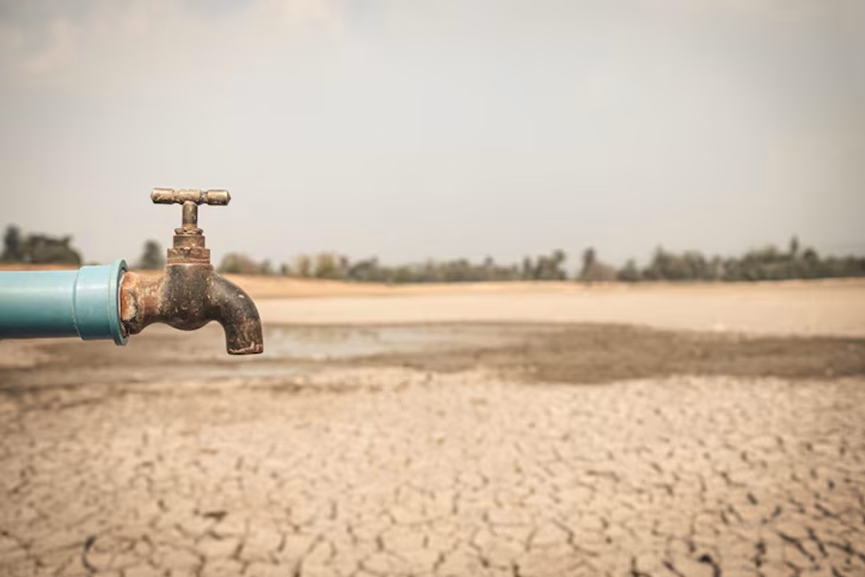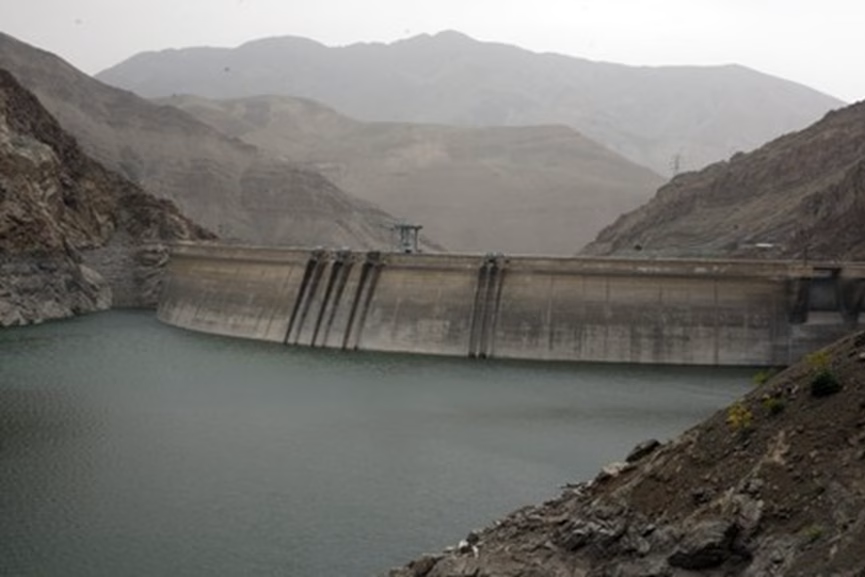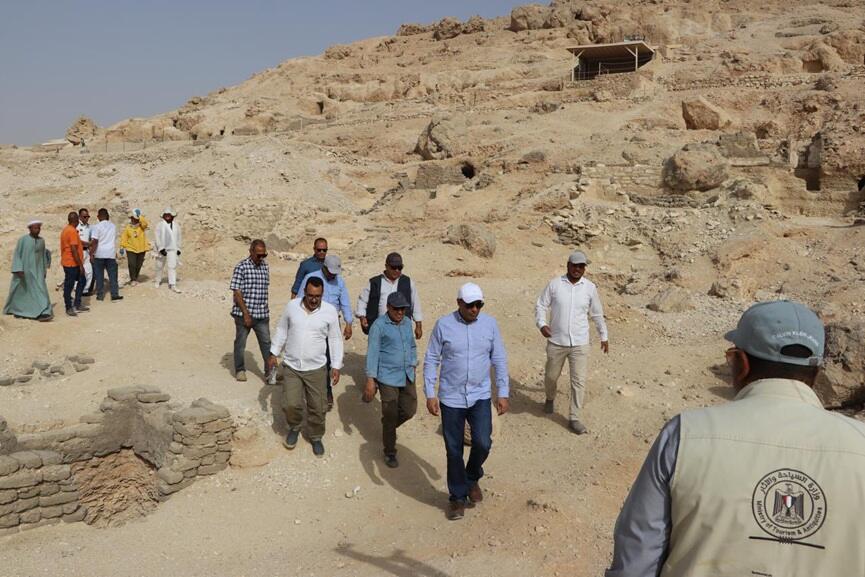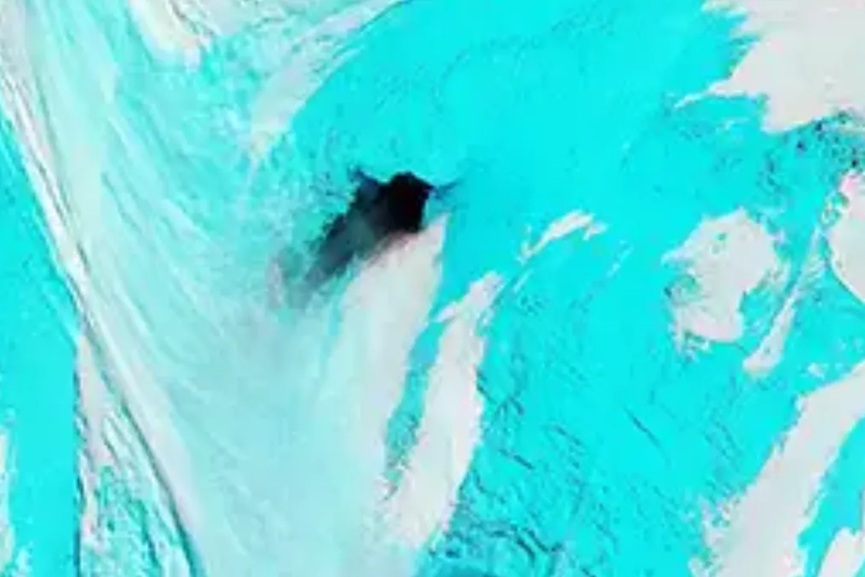Iran: Tehran is on the edge of a serious water crisis, with officials warning that the city’s main supply dam may run out of drinking water in less than two weeks. Years of low rainfall and intense drought have pushed the system to breaking point, putting pressure on millions of people living in the capital.
The Amir Kabir Dam, one of five major dams that supply Tehran, now holds only a tiny fraction of its capacity. Officials say the reservoir has just 14 million cubic metres of water left, which is only about eight percent of what it can store. At this level, the dam can supply water to the city for around two more weeks.
Last year, the same dam held about 86 million cubic metres. This dramatic fall is mainly due to a severe lack of rain and snow in the mountains north of Tehran. Authorities say the region has seen almost no rainfall this year, something not witnessed in decades.
Tehran, home to more than 10 million people, uses nearly three million cubic metres of water every day. To save what is left, officials have already cut water to some neighbourhoods.

Residents also experienced frequent shortages over the summer when temperatures soared above 40°C in the city and crossed 50°C in other parts of the country. Earlier this year, the government even declared public holidays to reduce electricity and water use during the worst heat spells.
Iran has struggled with water shortages for years. Experts blame a mix of climate change, poor water management, and overuse of underground reserves. Southern provinces face similar problems, and neighbouring Iraq is also dealing with its driest year in decades as the Tigris and Euphrates rivers drop to dangerously low levels.
For now, Tehran residents are being urged to save every drop. The next few weeks will be crucial as authorities work to manage supplies and prevent taps from running dry across the capital.

























